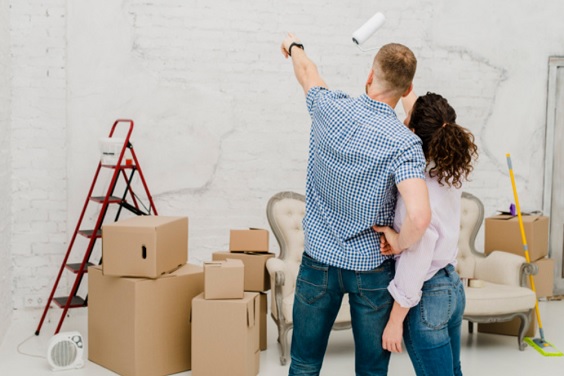DETAIL
The Perfect Wall. Keep It Strong.

The wall is a dominant part of the house supporting the structure. It protects the house from external elements be it the sun, hot or cold weather, and rain. You would have noticed how the appearance of your house walls change with weather over time. Humidity can also cause the change and some damage that would eventually turn what was once a healthy wall into a room with mold and mildew. A moist wall affects the health of every occupant in the home.
We certainly do not want that! Apart from good circulation and good lighting that can help keep humidity away, it is essential to protect house walls from excess water content. Water enters the pores that form the wall (brick on brick) and if the release is blocked or there is not enough sunlight, the water will settle on the brick and cause moisture to the wall.
There are several reasons for these:
1) Rainwater hitting the walls.
2) Water splashed by daily activities in the bathroom or sink.
3) Water from the construction process where the drying process of the walls is less than perfect.
4) Water seepage from groundwater rising to the wall through the foundation. Generally, this occurs during the rainy season when the groundwater level tends to be higher.
5) Water from clean and dirty water pipe leaks or leaks in the AC drain.
6) Water that comes from the air through a condensation process.
The marks can be seen through the spots and stripes on the walls. Even in high humidity, the plastering or house paint can peel off.
Do not delay, repair immediately!
The longer you wait to repair, the damage gets worse and costs for repairs will definitely go even higher!
How can I protect my house walls? How do I keep it sturdy and strong?
Our experts advise to do the following steps:
1) Make the building higher than the surrounding ground level, to keep the walls away from water that may stagnate on the lower surface.
2) To prevent direct contact of rainwater with the wall, make an overstake or eaves with a minimum width of 1.2 meters.
3) The bathroom or other wet area should use a brick wall with a waterproof mortar adhesive.
4) If the wall is moist due to a leak in the AC drain, repair or replace the pipe immediately. Also perform checks on other water channels.
5) Use exhaust fans for areas that have the potential to have high humidity, such as sinks, kitchens, and drying rooms.
6) Ensure adequate ventilation and proper functioning.
Pay more attention during the rainy season, where the building structure becomes cold and you rarely open the windows. It will cause humid air to be stuck inside the room if you keep windows closed all the time. Do regular checks for your house condition to maintain not only the visual appearance but also to keep a healthy home.
A healthy home means a healthy family!

Photo: Freepik











